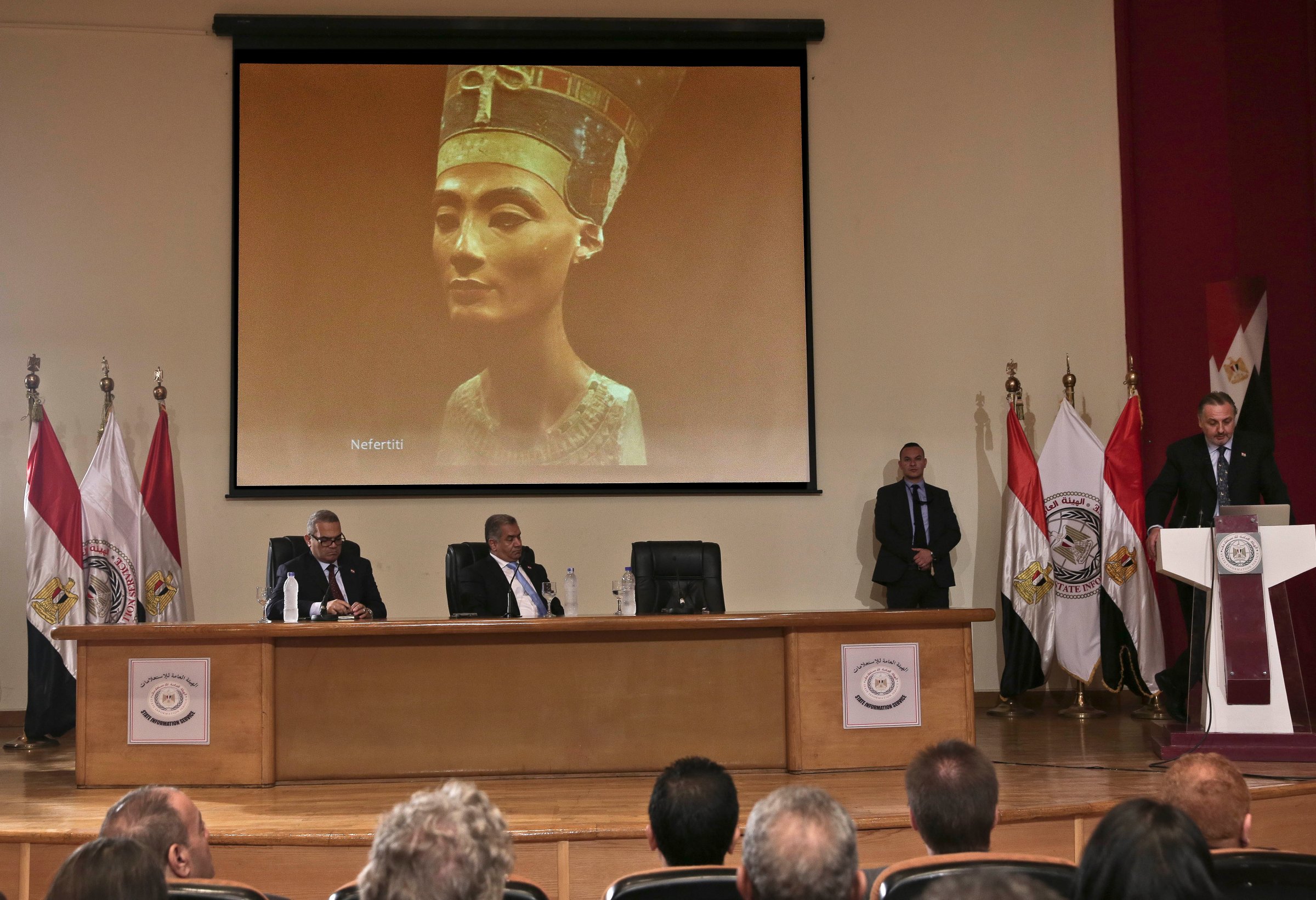
Egyptian officials said Thursday that the tomb of Egyptian Pharaoh Tutankhamen may also hold the remains of his legendary stepmother Queen Nefertiti, whose final resting place has long eluded researchers and archaeologists.
If the suspicion, fostered by British Egyptologist Nicholas Reeves, who is currently in Cairo, is correct, it will be the “most important discovery of the 21st century,” Egyptian Antiquities Minister Mamduh al-Damati told reporters, Agence France-Presse reports.
Reeves has postulated that covered lines on the decorated walls of King Tut’s burial chamber — first discovered nearly a century ago — could in fact be two hidden doors, one of which might lead to Nefertiti’s crypt.
“This is a conclusion based upon completely new evidence yielded by a technology to which previous generations had no access — the digital scanning of surfaces,” Reeves said at a news conference, USA Today reported. “More extraordinary still, it looks as if one of these doorways may lead to the burial of Nefertiti herself.”
Al-Damati — who said he is “70% certain” that an investigation will prove successful — is working to gain permission to use advanced radar technology to survey the tomb in November.
Some scholars have speculated that Nefertiti and Tutankhamen share a tomb because of the latter’s sudden death: faced with no other alternatives, those responsible for his interment placed him in the tomb intended for his stepmother.
Google Street View Captures the Monuments of Ancient Egypt
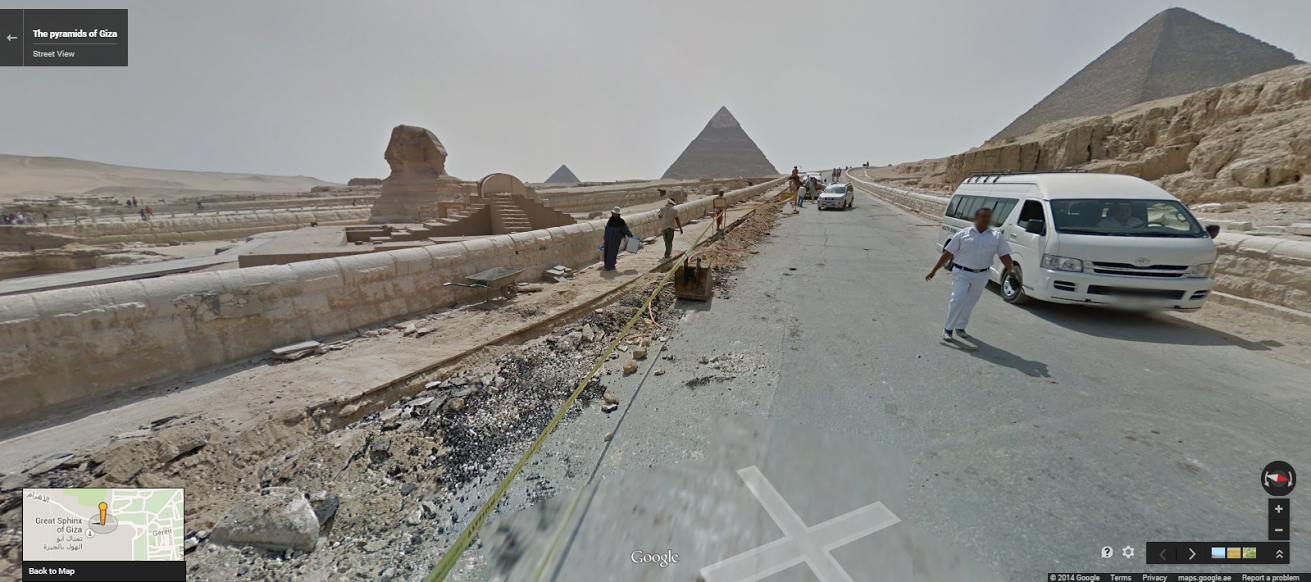
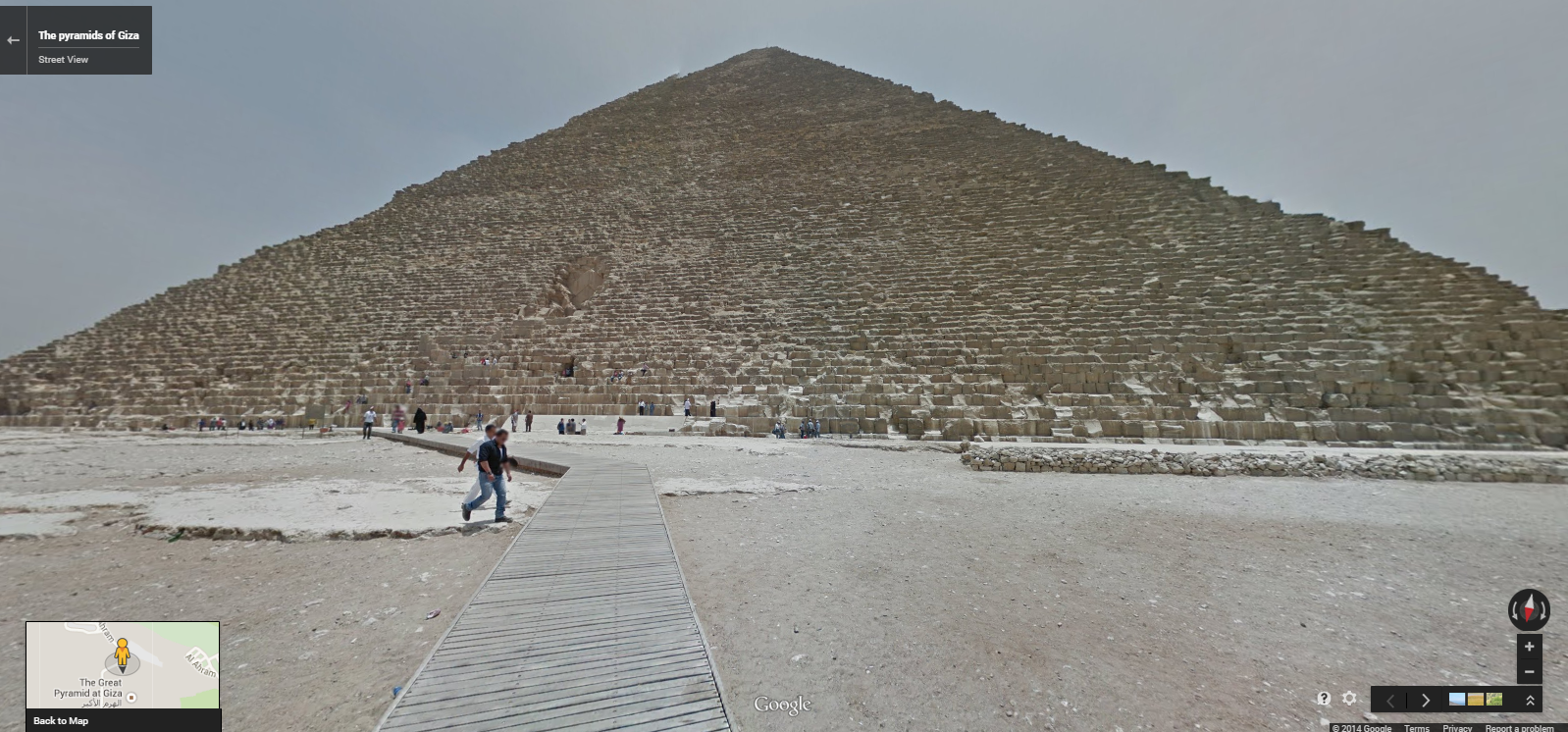
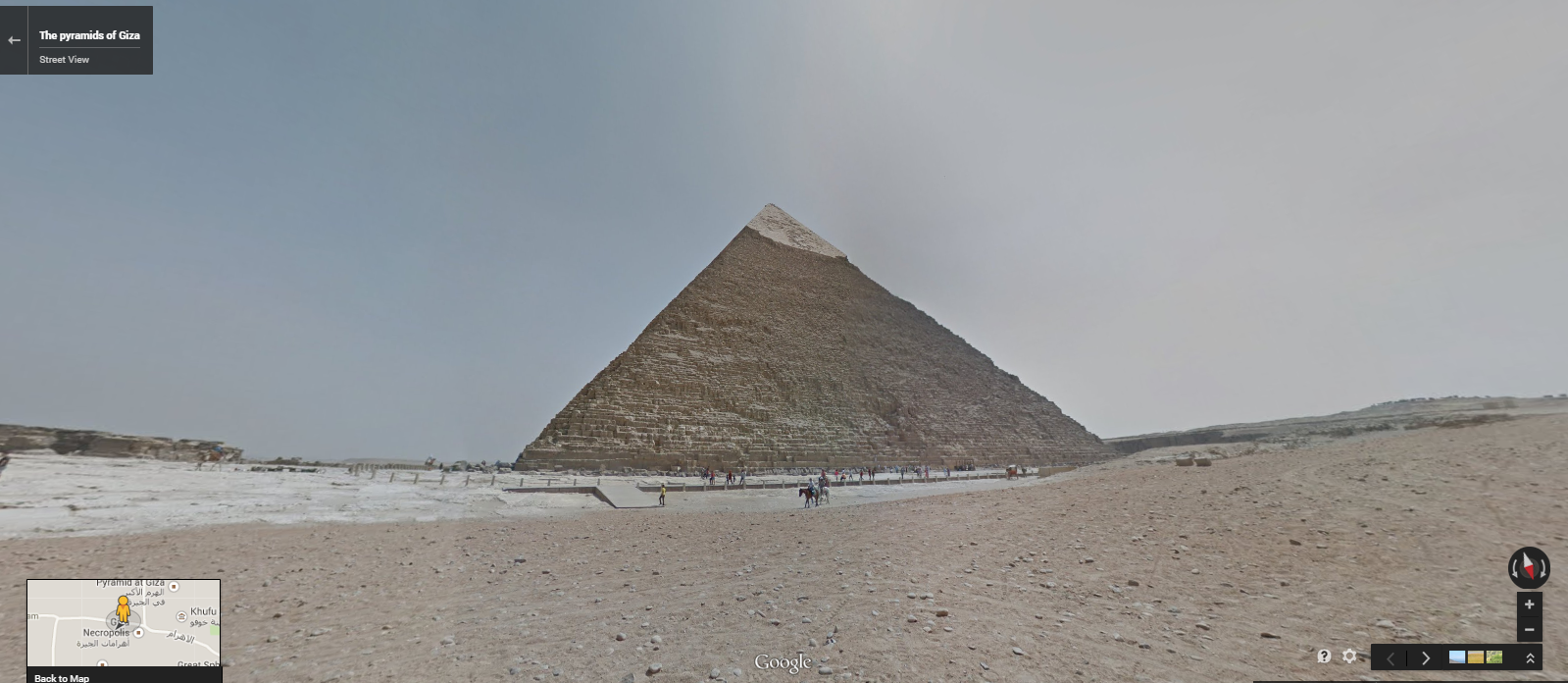
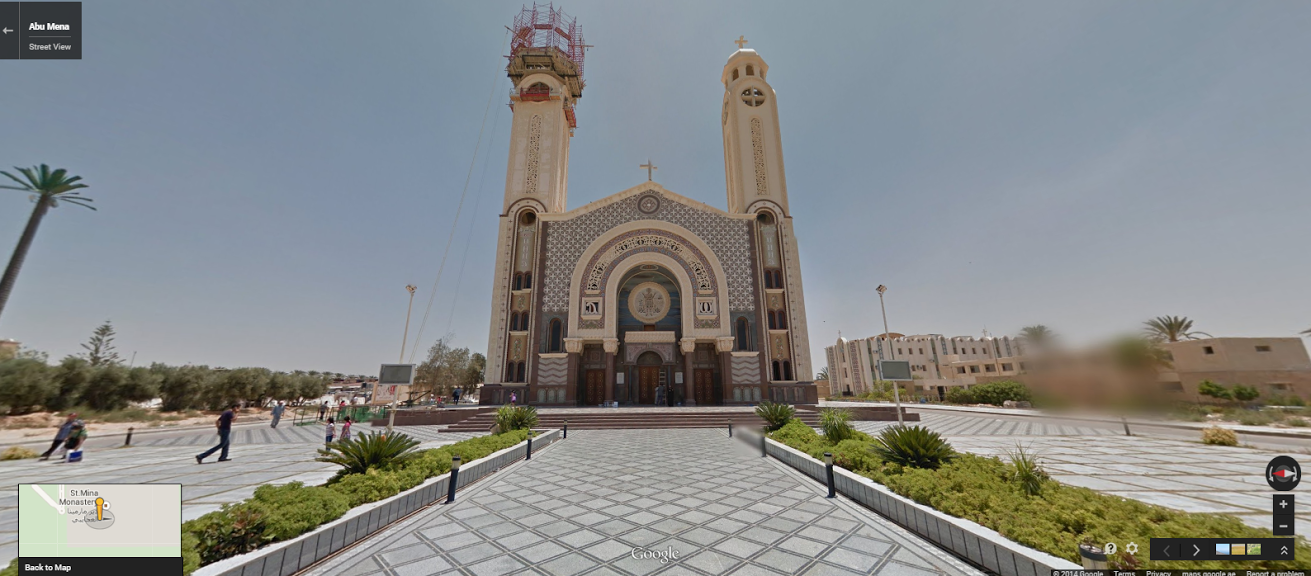
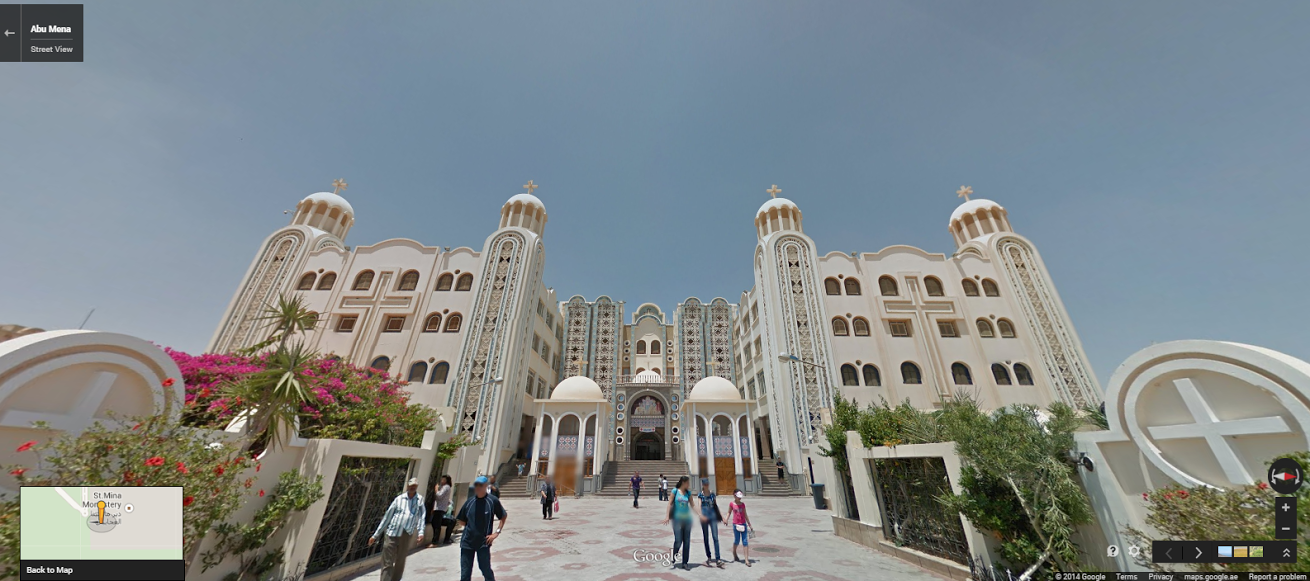
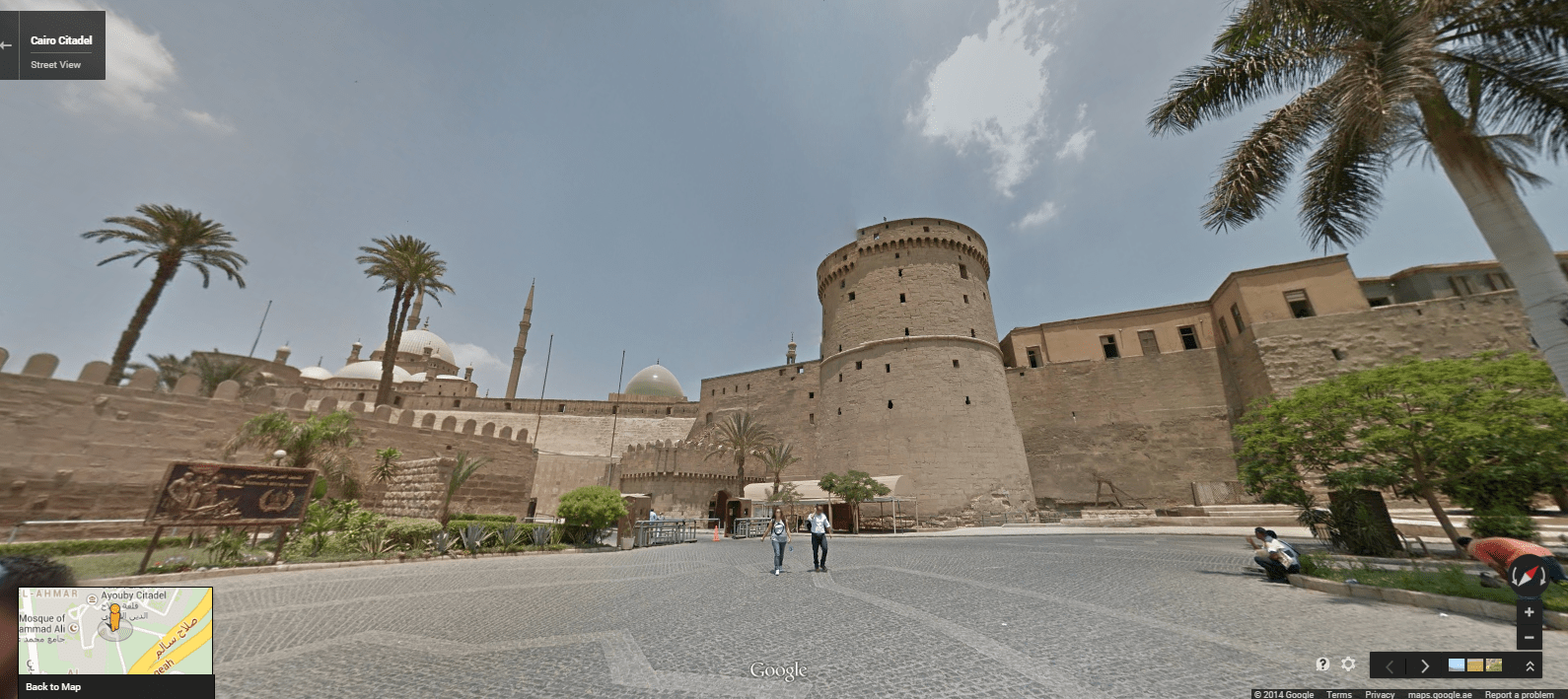
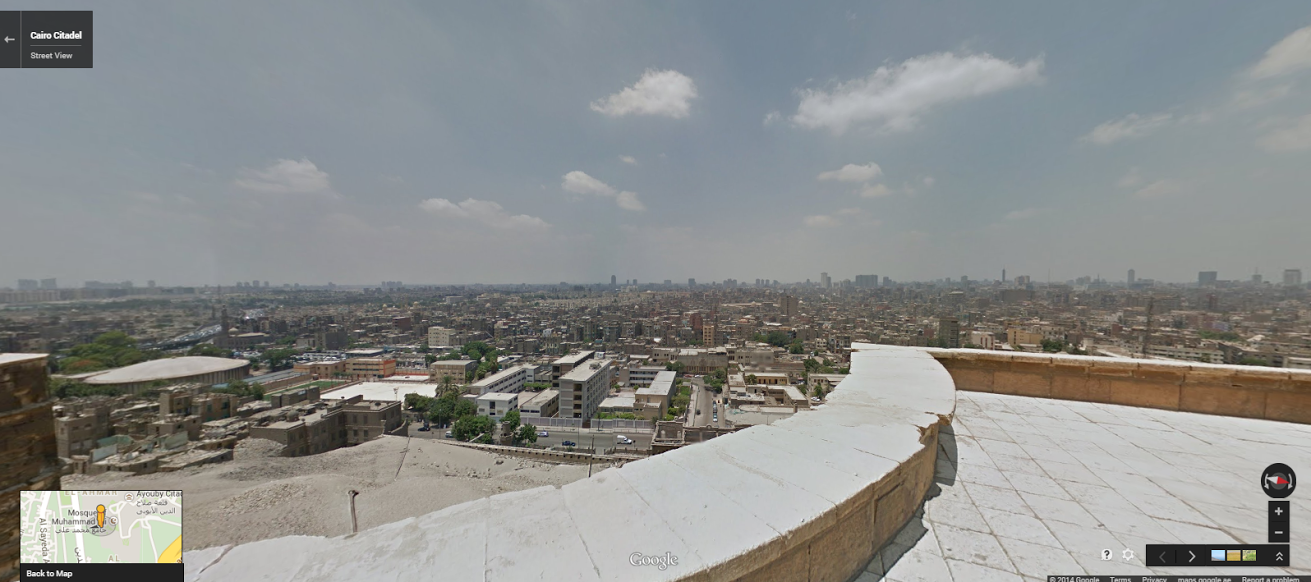
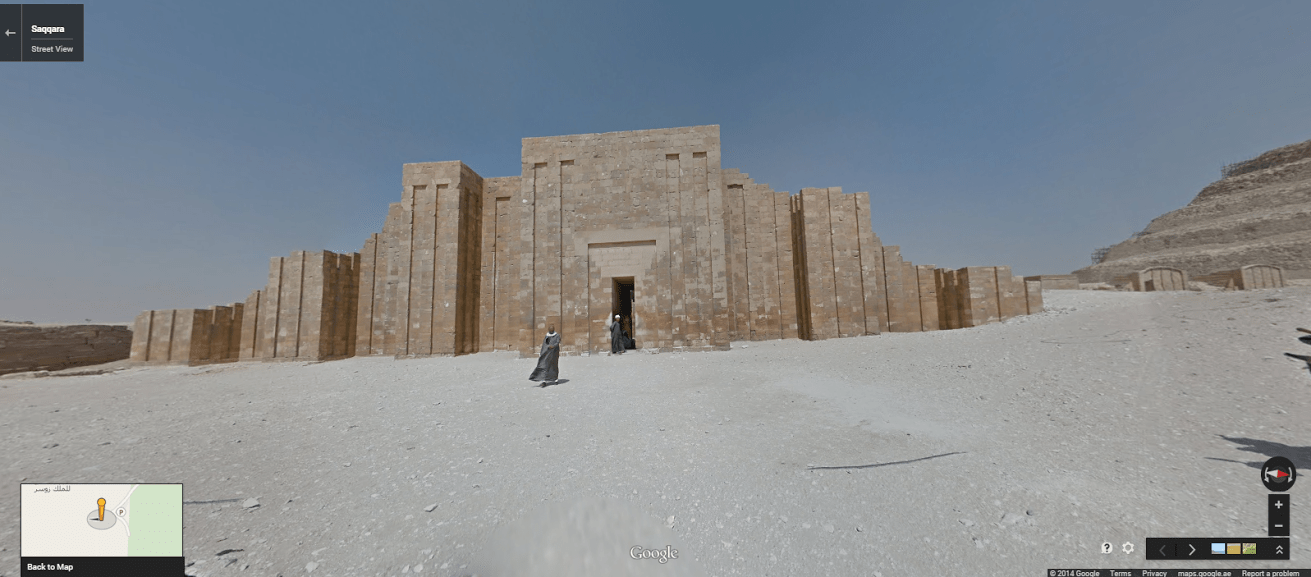
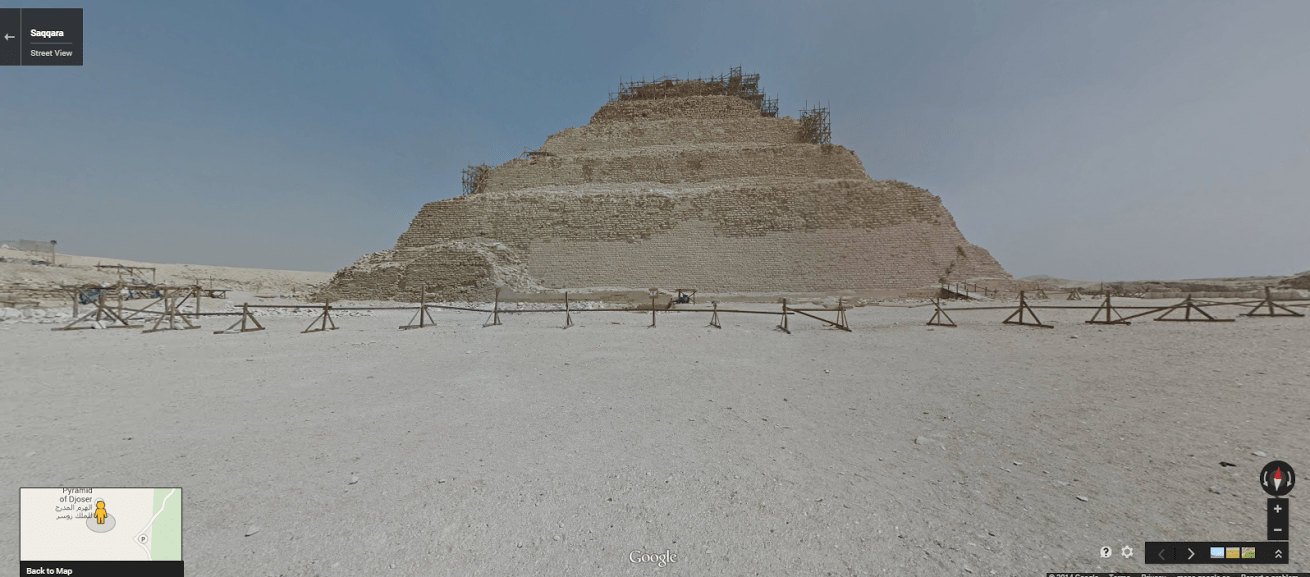

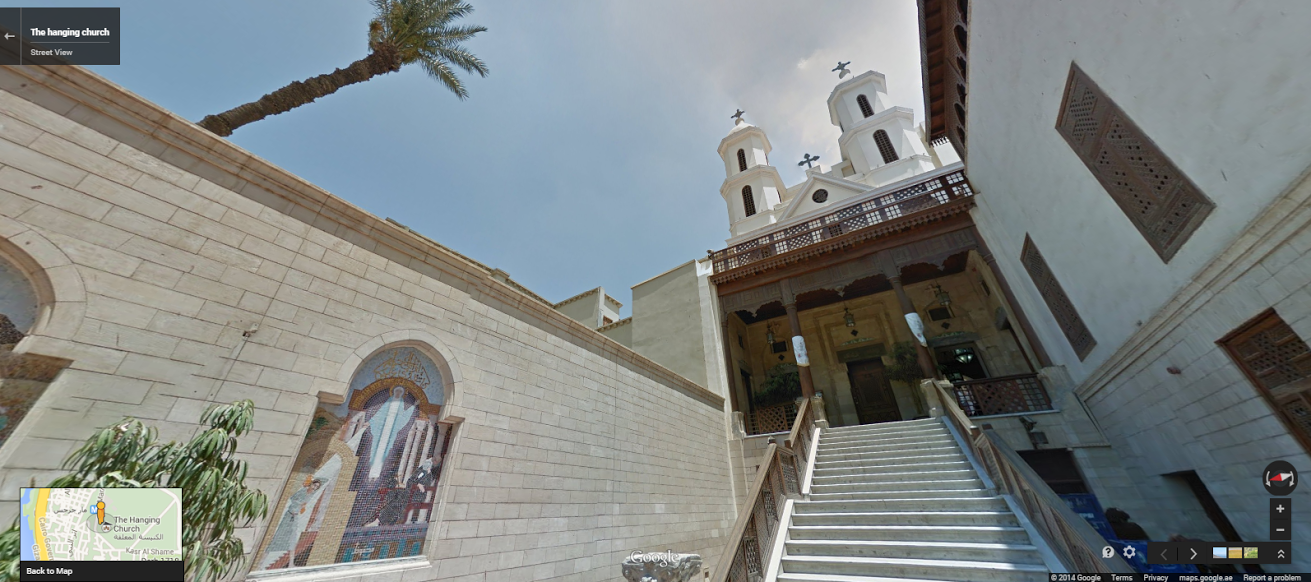
More Must-Reads from TIME
- Cybersecurity Experts Are Sounding the Alarm on DOGE
- Meet the 2025 Women of the Year
- The Harsh Truth About Disability Inclusion
- Why Do More Young Adults Have Cancer?
- Colman Domingo Leads With Radical Love
- How to Get Better at Doing Things Alone
- Michelle Zauner Stares Down the Darkness
Contact us at letters@time.com